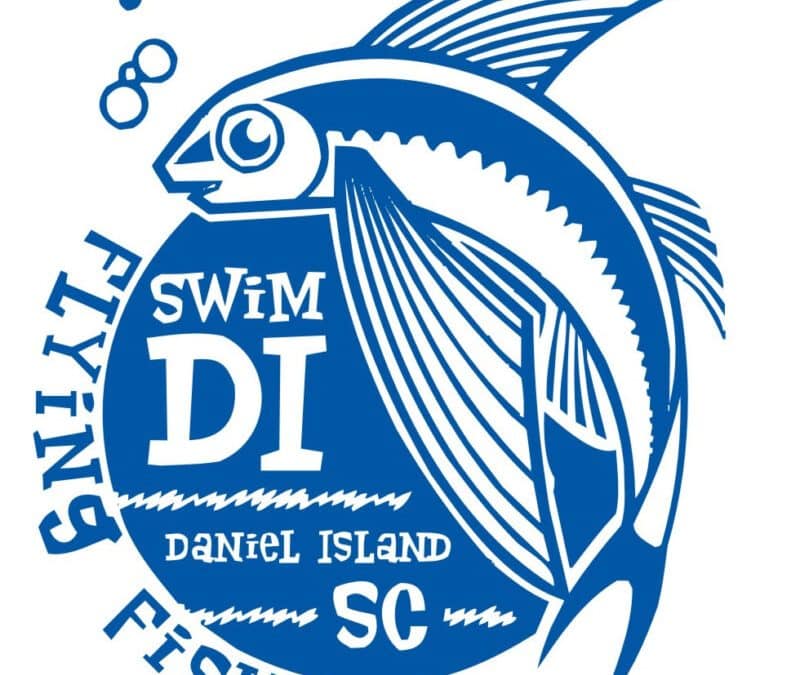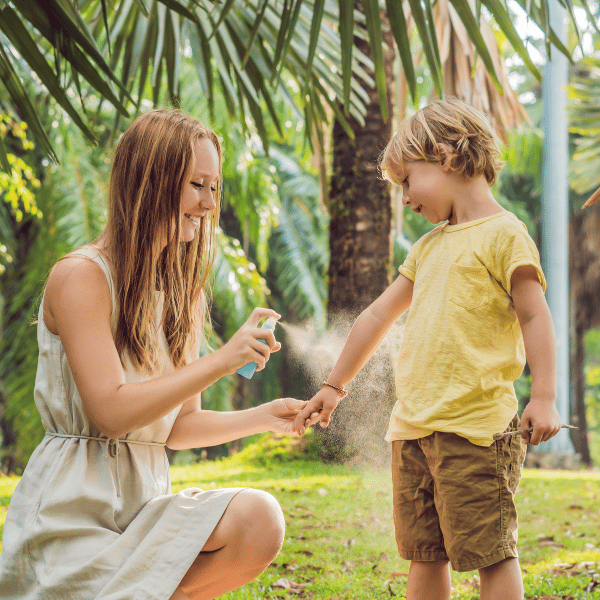As the temperature starts to get warmer, we will see an increase in wildlife activity on the island. We have outlined below some important safety tips and recommendations for residents. If you have any questions or would like to report a nuisance alligator or coyote, please contact the POA office at 843-971-9200, and we will report it to our SCDNR experts.
As residents of this great island community, we have grown accustomed to the beauty of the picturesque landscapes at our homes, our common areas, or the golf course with wildlife, such as deer, alligators, squirrels, foxes, and even coyotes. Our interaction with local wildlife can be fascinating at times but also can become less than optimal. Since we share our environment with wildlife, it is our responsibility to minimize the potential for undesirable interactions with them.
Here are some recommendations:
- All pet foods should be properly stored in an enclosed area, such as a garage or house.
- Never leave pet bowls for food and water outside for extended periods.
- Make certain all outside pets are secured in a gated or enclosed area.
- Ensure all garbage containers are securely fastened and located in an enclosed area.
- Never intentionally throw items at, approach, or feed squirrels, deer, foxes, coyotes, and especially alligators.
- Always be aware of your surroundings when near marshes and/or ponds.
- Wildlife is most active in the darkness; it is encouraged to limit any prolonged activities (such as walking your dog or exercising) to the daylight hours.
Despite our best efforts, there may still be a rare occurrence of the nuisance animal. In these circumstances, here are our recommendations.
- If nuisance animals, such as alligators, are located in POA common areas for an extended period, please call the POA immediately at (843) 971-9200
- If nuisance animals are intruding on your property, here are some links for your reference.
FAQs Regarding Alligators And Public Safety
Alligators are incredibly adaptable animals and have existed for millions of years. Remember, it is against the law to feed or otherwise harass alligators. This includes activities, such as throwing sticks or rocks. When people feed alligators, they will begin to associate people with food, creating a very dangerous situation. These animals often have to be destroyed due to this human intervention.
Q: What is a nuisance alligator?
A: A nuisance alligator is an individual alligator that has become a significant public safety risk. This typically occurs when an alligator has been fed and has lost its inherent fear of people.
Q: What happens when the POA gets a call about an alligator sighting?
A: The Daniel Island POA calls their alligator consultant who is a 25-year alligator specialist and former South Carolina Department of Natural Resources (SCDNR) Reserve Officer. Based on SCDNR and the National Wildlife Control Training Program, the alligator specialist evaluates and tests the alligator. During the evaluation process, the specialist will go through a series of tests to see if the alligator is threatening/aggressive.
Q: What happens after the evaluation?
A: If the specialist deems the alligator non-threatening, the alligator is left alone. If the specialist deems the alligator threatening, the alligator will be properly removed according to SCDNR’s rules and regulations. Not all alligators have to be removed.
Q: Why do you have to remove an aggressive/threatening alligator?
A: The POA follows Federal and State guidelines for the removal of tested, aggressive alligators for public safety.
Q: What can you do as a resident to help?
A: It is critical that people do not feed or taunt alligators so that we may co-exist with native wildlife and meet our public safety needs. Please pass the message on to others and children to not throw anything at the alligators or feed the alligators at any time. Feeding or harassing alligators is illegal under South Carolina State Law. When feeding the alligators or throwing items at them which simulates feeding, the alligator will associate humans with food and will no longer have a natural fear of humans.
If you have any questions or concerns regarding an alligator in a pond/lake near you, please call our office at (843) 971-9200.
For more information, please view this SCDNR Alligator Publication HERE.
FAQs Regarding Coyotes And Public Safety
The below are questions asked by Chris Hamil, POA Operations Manager, and answered by Jay Butfiloski, SCDNR Furbearer & Alligator Program Coordinator, in an interview addressing the management of the coyote population within the Daniel Island Community.
Q. What can the DIPOA do to minimize coyote interactions with its 15,000+ residents?
A. I think the first would be to make sure the community is doing all it can to control pet food, keep up with garbage, and even look at reducing bird feeding to make the area less attractive to coyotes. Identify feral cat colonies and make sure to manage how food is set out at these locations so that no food is left out after dark.
Also, are there things that could be done to reduce hiding or ambush locations in and around where people walk or recreate (paths, parks, trails)? This could be opening up overgrown areas that provide hiding places for coyotes. Have a plan as to how you will react to coyote sightings or problems.
- When do you attempt to remove coyotes?
- Pet attacks
- Harassing people
- Getting too close to people
- When would you not remove coyotes?
- Random sightings
- Unsubstantiated reports
Q. What can residents do to minimize coyote interactions and peacefully coexist with them?
A. Outdoor cats need to become indoor cats, at least during the night to minimize the likelihood that coyotes will predate them.
Fenced yards may help reduce predation on smaller pets, and coyote-proof fencing may be needed.
Small dogs also need to be kept inside at night if not in a secure fence. Small dogs must be kept on a leash when walking around. Larger dogs are seen more as threats than as food and just like when two strange dogs meet, they may fight.
If you see a coyote, treat it just like you would any other strange dog. Do not run away as this potentially could result in an adverse response from the coyote. If you have a small dog, pick it up and begin to back away.
- Make noise and try to run away from any coyote you see. Make it uncomfortable for it to hang around. Coyotes are generally very fearful of people, especially in SC where they are apt to be shot at for just being seen.
- Would not be a bad idea when walking to carry a walking stick that could be used to act aggressively towards coyotes and as a defensive weapon of last resort, though I doubt it would ever come to that. Animals seem to have a sense when a person has something in their hands.
- Try to keep brush areas trimmed back to reduce hiding places on your property.
- Check your yard to look for hiding places, such as under sheds, porches, or decks, and close them off.
- Also, check your yard for any potential food items and pick them up (including wild fruits).
Q. What have been successful methods for managing the coyote population?
A. Trapping and shooting have been the traditional methods for managing coyotes; however, it may be more cost-efficient to react to coyote issues and problems when they arise as opposed to constantly trying to control coyotes.
Hazing may have some value, but that’s assuming you see them regularly as it’s difficult to have an animal you rarely see. Residents should haze or run away by throwing things or making loud noises when coyotes are seen.
Q. Has SCDNR seen an increase in the coyote population? What are those numbers?
A. We don’t have an estimate on the number of coyotes in the state (yet) as this number is extremely difficult to get on a statewide basis and does not affect how one attempts to manage their coyotes.
There have likely been some increases in some of the more populated areas, with rural areas probably staying about the same (if not somewhat less).
Q. Should we expect a potential interaction with wild hogs too?
A. It’s possible you could get some movement in from the Francis Marion National Forest side. Hogs are sort of nomadic in that they go where the food is.
Q. How have they been managed by SCDNR?
A.
- We attempt to educate the public on how to control coyotes on their properties and will issue permits as needed.
- Night hunting laws have changed over the years to allow night hunting of coyotes.
- Permits for trapping coyotes are readily available and free of charge.
- The legislature implemented a coyote tagging incentive program to try to get people to target coyotes. We try to document coyote harvest through several programs (trapping, night hunting, deer hunters, predator management permittees)
- Per the Daniel Island CC&R’s (governing documents), the following is stated: The capturing, trapping, or killing of wildlife by residents within the properties is prohibited, except in circumstances posing an imminent threat to the safety of persons. In addition, the discharge of firearms is prohibited per the CC&Rs and City of Charleston ordinances. DICA, DIPA, DITA (the Associations), and the Developer retain the right, but not the obligation to engage in wildlife management practices within the properties through a variety of techniques.
For more information, please view this SCDNR Coyote Publication HERE.
To report sightings or if you have additional questions, please contact Dave Perry, Field Operations Manager at Dave.Perry@dicommunity.org or (843) 847-9610.







